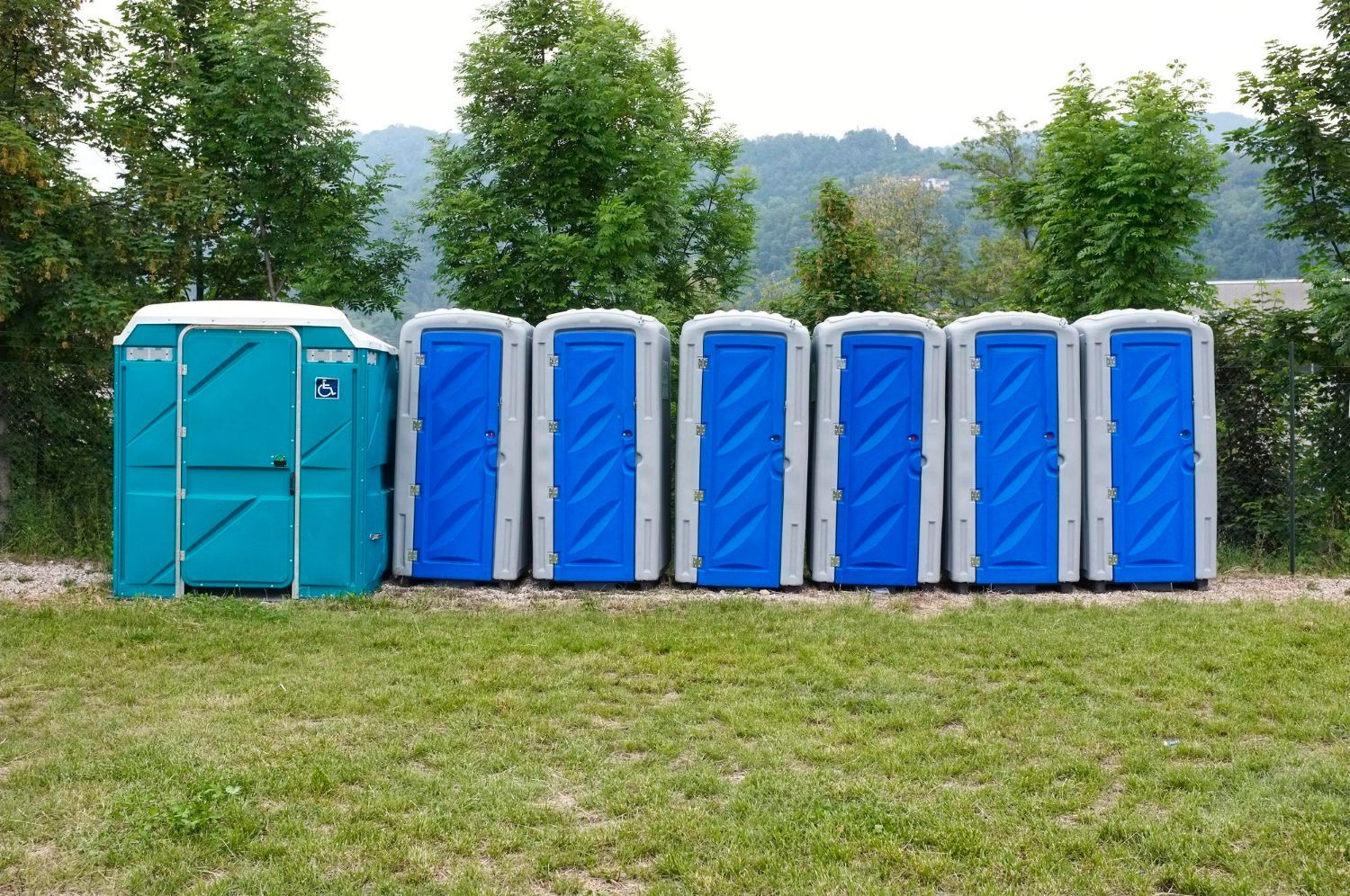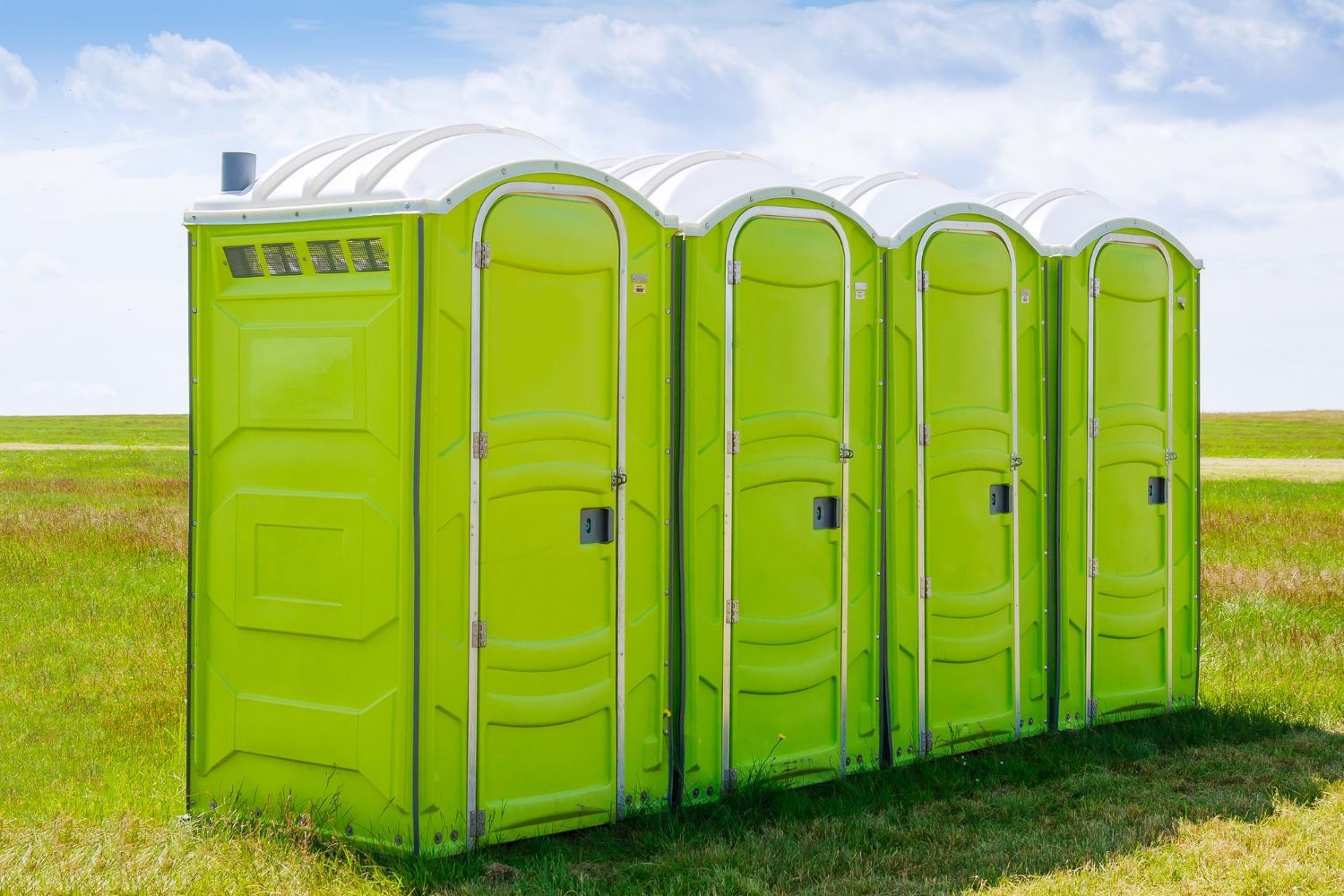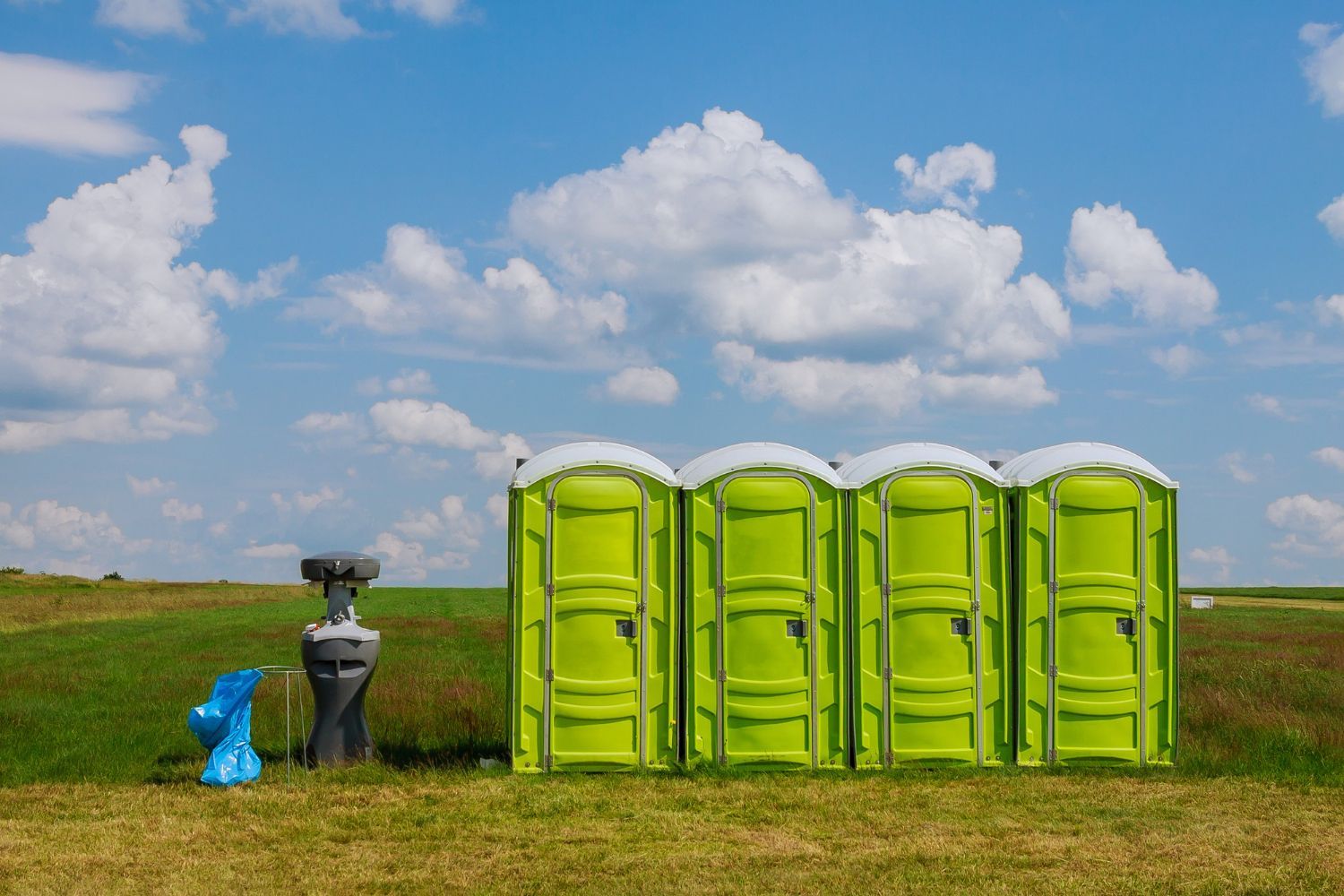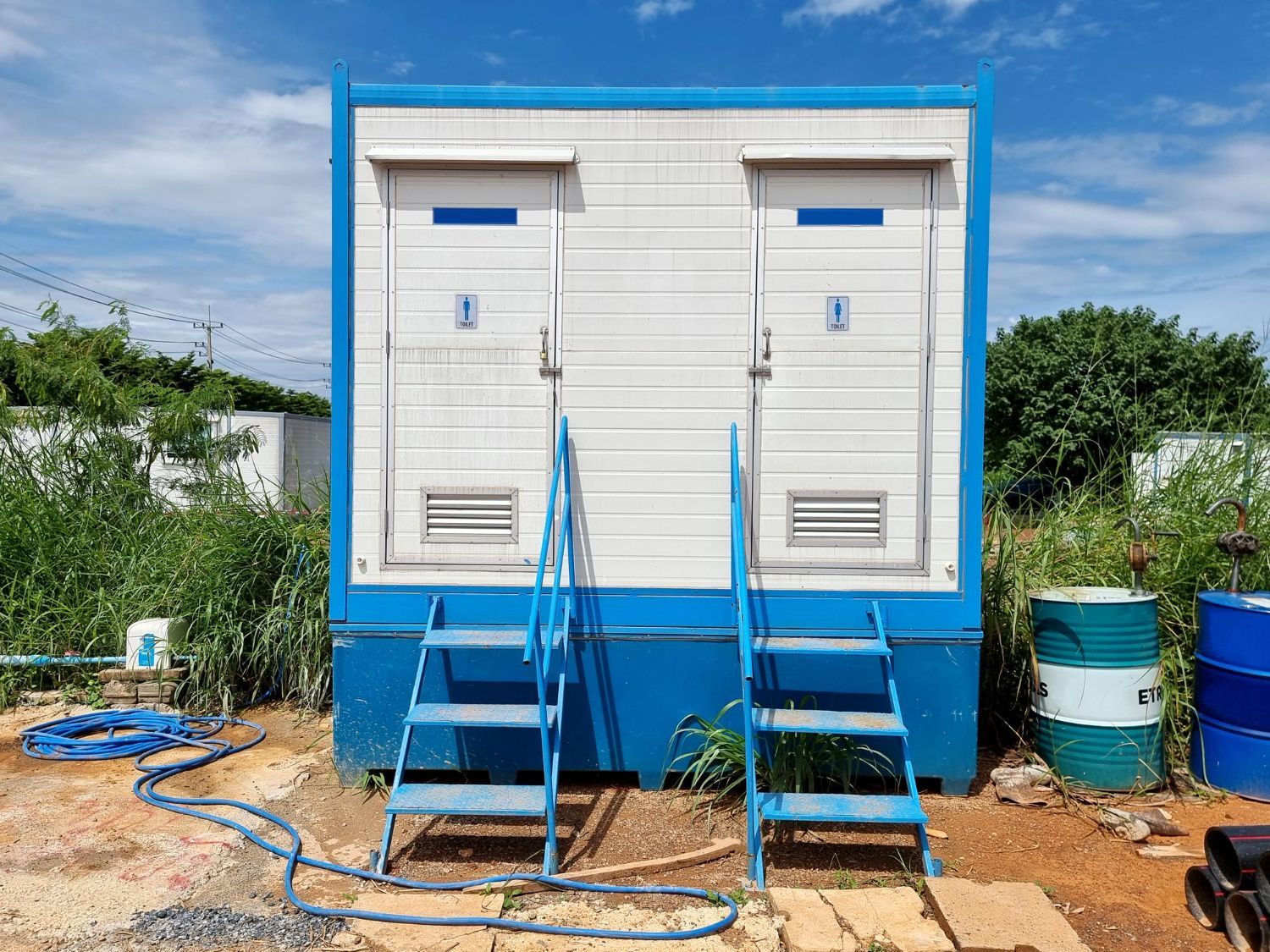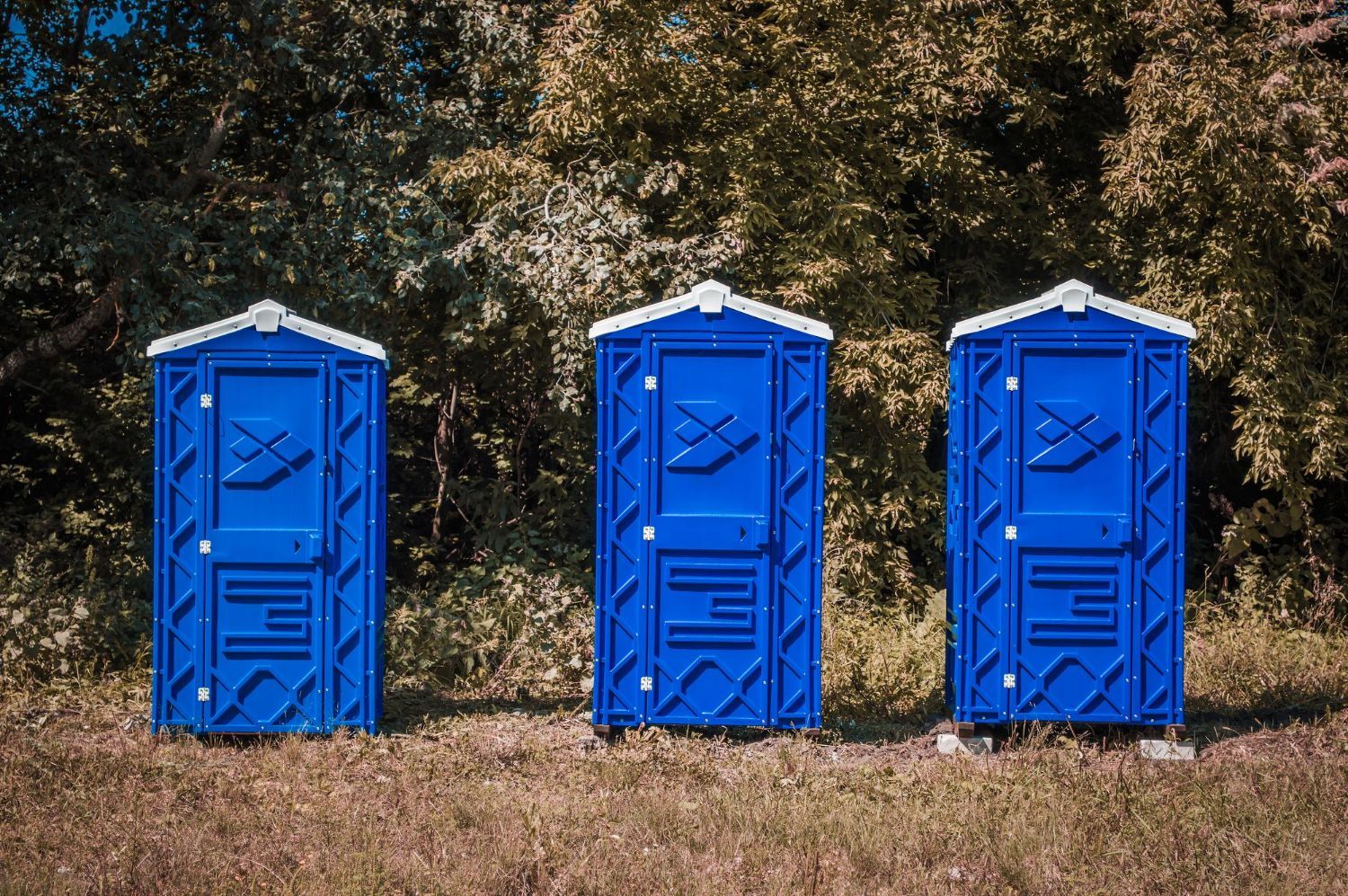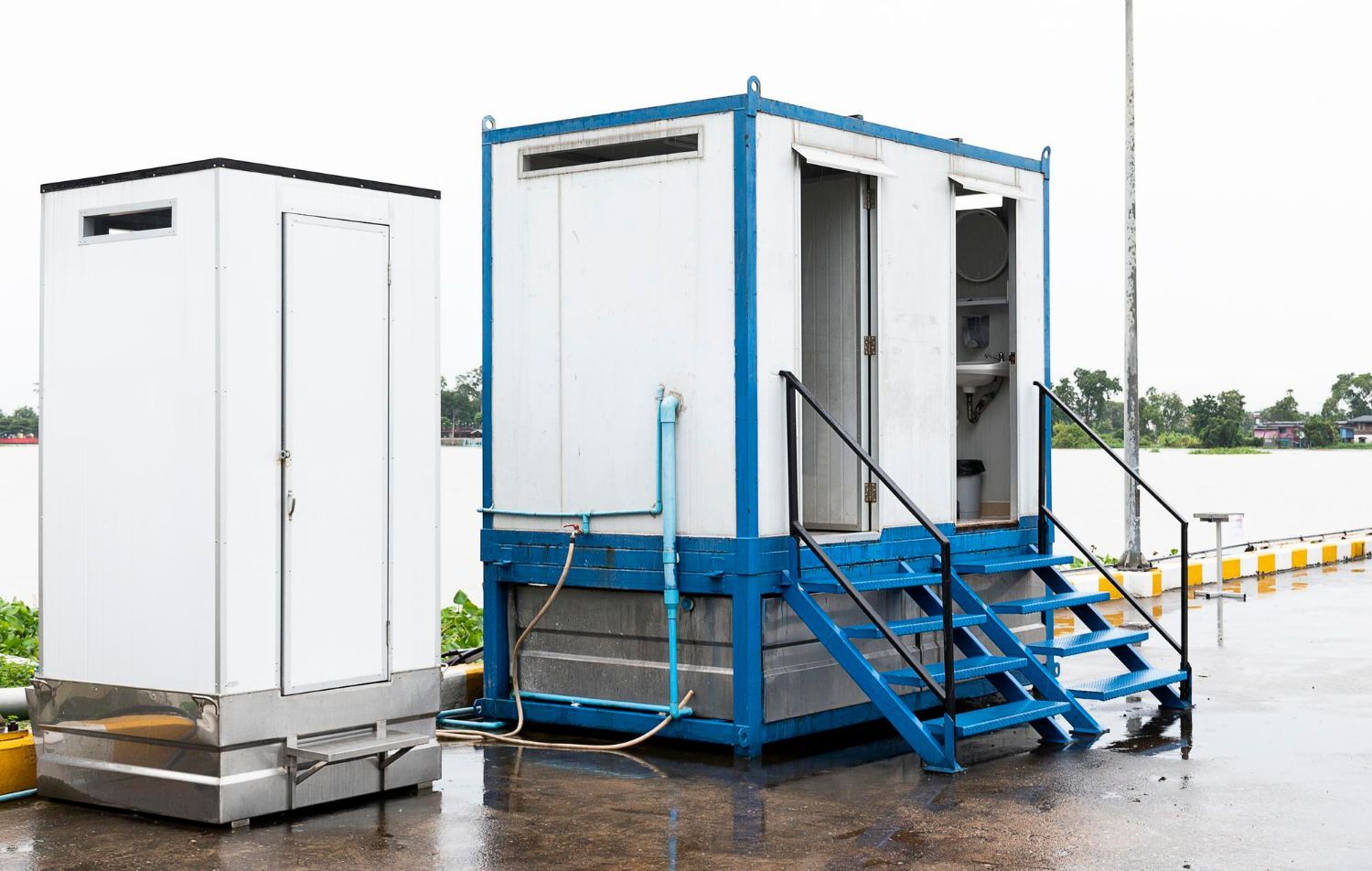The Fascinating Journey of Portable Toilets: From Ancient Beginnings to Modern Innovations
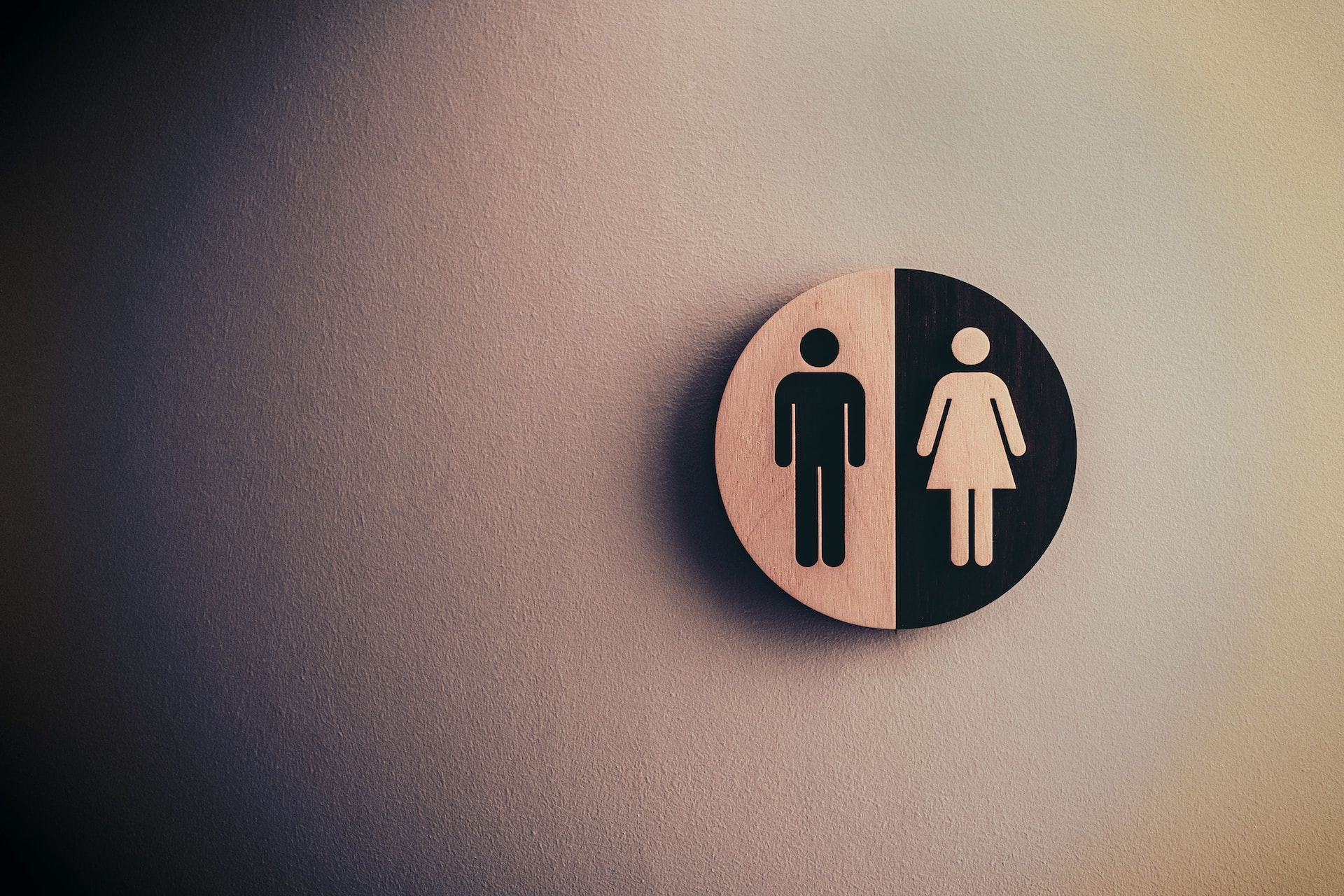
Portable toilets have become an essential component of modern event planning and job site management, ensuring adequate sanitation and convenience wherever they are needed. But have you ever wondered where these ubiquitous units come from, and how they've evolved over time? Our exploration of the fascinating history of portable toilets will take you on a journey from their ancient beginnings to the technological advancements and cultural shifts that have shaped the modern units we know today. We'll delve into the early makeshift solutions, the rise of manufacturing during wartime, the transition to civilian use, continual improvements in design, and the innovative features of contemporary portable toilets. Join us as we uncover the lesser-known stories and remarkable milestones in the evolution of portable toilets and appreciate the ingenuity that has brought us the hygienic and efficient sanitation solutions we rely on today.
Exploring the History and Evolution of Portable Toilets
1. Early Beginnings of Portable Sanitation
The concept of portable sanitation dates back to ancient civilizations, where people relied on rudimentary solutions such as chamber pots, which could be carried from one location to another, emptied, and cleaned for reuse. In ancient Rome, they employed "terracotta commodes," which were portable toilet systems with a hole in the center and a removable receptacle beneath.
During the Middle Ages, royal courts and wealthy families used "garderobes," which were small portable rooms containing a bench with a hole connected to a cesspit or moat for waste disposal. Portable toilets also found their way onto ships, where sailors used simple wooden seats with holes called "head" located at the bow of the ship, allowing the movement of the vessel to wash away waste.
2. The Emergence of the Modern Portable Toilet
The birth of the modern portable toilet can be traced back to the 1940s when the United States was in the midst of World War II. As shipbuilding efforts were ramped up in support of the war, the need for convenient and sanitary facilities for the workers at shipyards and docks became apparent. In response to this need, portable toilets began to be manufactured with materials such as wood, metal, and fiberglass. These early units were essentially wooden cabanas with a holding tank beneath the seat.
The first patent for a portable toilet was filed in 1957 by an American named George Harding. His invention consisted of a waterproof toilet seat mounted on a container that stored chemical disinfectant and deodorant. Harding's design revolutionized the portable sanitation industry by offering a lightweight and compact alternative to the traditional wooden cabanas.
3. Technological Advancements in the 1960s and 1970s
The 1960s and 1970s saw several significant technological advancements in portable toilet manufacturing. The development and widespread use of polyethylene, a lightweight and durable plastic, greatly improved the portability and efficiency of these units. Polyethylene allowed for seamless construction, which prevented leaks and ensured easier transportation and handling.
During this period, the chemical industry also introduced new compounds specially formulated for portable toilet use to combat odor and break down waste. These advancements led to the rise of the now-iconic blue liquid, which has become synonymous with portable toilets.
Another critical innovation in the 1970s was the invention of the recirculating flush toilet by Harvey Heather of Porta-Jon, a leading portable toilet manufacturer. This technology provided a method of flushing the waste from the bowl into the holding tank while reusing a small amount of liquid for repeated flushes.
4. The Expansion of Portable Toilets into Civilian Use and the Introduction of ADA-Compliant Units
By the 1980s, portable toilets had started to become a familiar sight in various civilian settings, including construction sites, outdoor events, and remote locations. This widespread adoption was driven by growing public awareness of the importance of sanitation, along with the availability and affordability of portable toilet rentals.
An important milestone occurred in 1990 with the passage of the Americans with Disabilities Act (ADA), which required businesses to make their facilities accessible to people with disabilities. Portable toilet manufacturers responded by developing ADA-compliant units designed to accommodate wheelchairs and featuring support bars for added safety.
5. Contemporary Innovations and the Future of Portable Toilets
The portable toilet industry has come a long way since its early beginnings, with manufacturers continually seeking to make improvements in terms of comfort, convenience, hygiene, and design. Recent innovations include:
- Solar-powered portable toilets: Offering energy-efficient lighting and ventilation with the use of solar panels.
- Vacuum toilets: Using vacuum technology for waste removal, resulting in reduced water usage and improved hygiene.
- Luxury restroom trailers: Providing a high-end option for events, including individual stalls, sinks, climate control, and even entertainment systems.
In addition to these technological advancements, there is an ongoing focus on the environmental impact of portable toilets. Manufacturers are increasingly incorporating green initiatives such as the use of eco-friendly chemicals, waterless urinals, and biodegradable waste bags.
As the demand for portable sanitation continues to grow, innovations in design, technology, and environmental sustainability will undoubtedly continue to shape the future of portable toilets in ways that were once unimaginable. The history of portable toilets showcases human ingenuity and adaptability, demonstrating our determination to constantly improve when faced with ever-changing world challenges.
Partner with Poor John's for Modern Portable Sanitation Solutions
The journey of portable toilets, from their ancient beginnings to the advanced sanitation solutions of today, is nothing short of fascinating. At Poor John's Portable Toilets, we embrace this history while providing cutting-edge and environmentally-friendly portable sanitation solutions for your events and job sites.
Whether you require a Standard
Portable Toilet, an ADA-compliant unit, or a luxury restroom trailer for your event, you can trust Poor John's Portable Toilets to deliver top-quality service, reliability, and diverse rental options tailored to your specific needs. Ready to incorporate modern portable toilets into your event or project? Contact us today to discuss your requirements and discover the incredible advances the portable sanitation industry has to offer.

